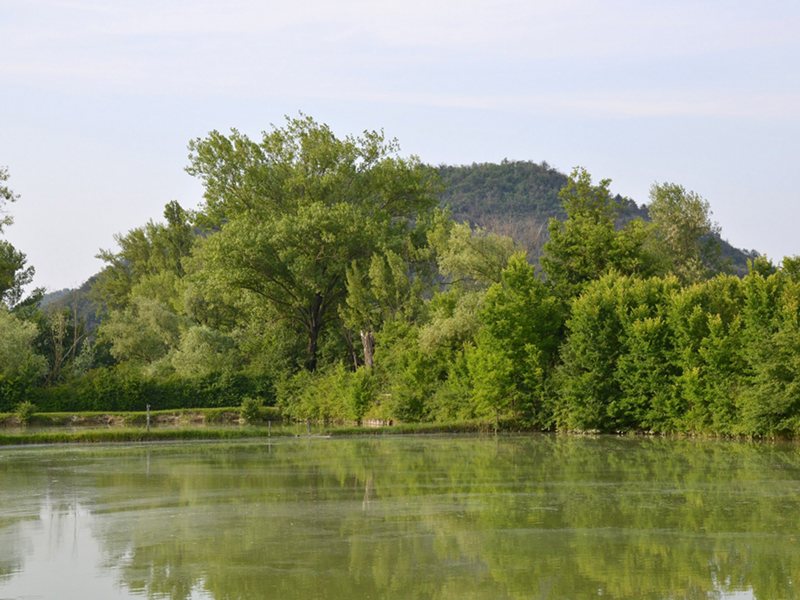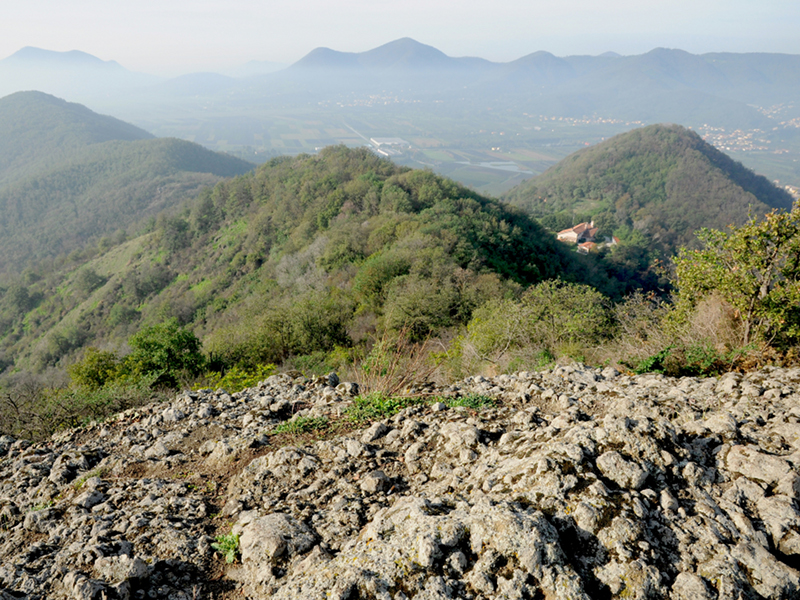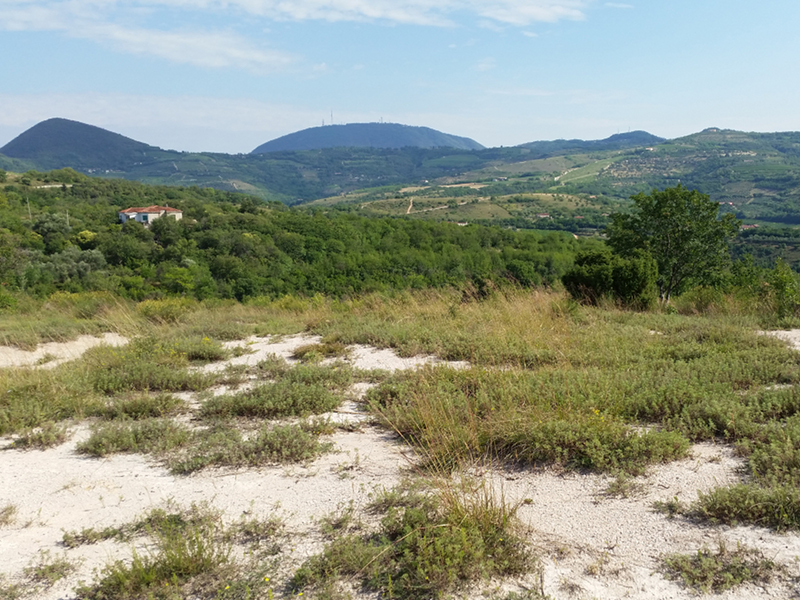Natura 2000
Natura 2000 is a network of areas set aside for the conservation of biodiversity in the European Union, set up by Article 3 of Council Directive 92/43/EEC (The Habitats Directive) for the 'conservation of natural and seminatural habitats and of wild flora and fauna'.
These areas are designated SPAs (Special Protection Areas) and SCIs (Sites of Community Importance) and guarantee the presence, maintenance and/or restoration of habitats and species of the European continent that are particularly threatened with fragmentation and extinction.
SPAs are particularly defined by the Birds Directive (79/409/EEC), which identifies special biotopes and habitats suitable for encouraging the conservation of particular species of wild birds, while SCIs are habitats defined by the Directive 92/43 mentioned earlier.
The Natura 2000 network allows member states to apply the concept of biodiversity conservation, recognising the close links that exist between biotic, abiotic and anthropic factors that combine to guarantee a natural balance of all its elements.
Member states must adopt all the general and specific measures necessary to ensure they carry out the obligations stated in the documents issued by EU institutions. They must avoid adopting any measures that could seriously threaten the result that the Directive dictates.
As a member state, Italy has identified many SCIs and SPAs that, by feeding into the European network, comply with the level of ecological consistency required by the Directive.
Approximately 65% of the habitats listed in Annex I of the Directive and over 30% of the animal and plant species listed in Annex II are in this country.
Italy's regional governments have currently identified 2,413 areas that meet the stated requirements and, most of all, as of January 2002, 341 Special Protection Areas.
It therefore makes sense for the Natura 2000 project to subject these sites to special, strict conservation rules and anyone who applies for permission to make changes (construction plans in forest areas etc.) in special conservation areas will have to provide an impact evaluation report which will allow the relevant authority to assess the feasibility of such changes.
The Park and the Natura 2000 Network
Part of the territory of the Euganean Hills is among the Veneto region's SPAs. This area is identified by the Natura 2000 network with the following ID code: "IT3260017 Colli Euganei-Monte Lozzo-Monte Ricco".
See also: The Regional Park of the Euganean Hills' S.P.A. MANAGEMENT PLAN (Available only in Italian).
The site's surface area - out of a total park area of 18,694 hectares (46,193 acres) - is 13,698.76 hectares (33,851 acres) and comprises the following habitats, considered priority habitats at a European level:
- Semi-natural dry grasslands and scrubland facies on calcareous substrates (Festuco - Brometalia) with flowering orchids (code 6210), commonly called dry grasslands or vegri (13% of the Euganean area)
- Rupicolous calcareous or basophilic grasslands of the Alysso-Sedion albi (code 6110) (1% of the area)
- Pannonian woods with Quercus pubescens (white oak) (code 91H0) (19% of the Euganean Hills)
Although not listed among those of special interest on a European level, the following ecosystems have enormous environmental importance due to their rarity in the Euganean area or due to the large number of species that inhabit them:
- Natural eutrophic lakes with Magnopotamion or Hydrocharition-type vegetation (code 3150)
- Castanea sativa woods (chestnut) (code 9260)
Among the animal species found on the site and listed in the Habitats and Birds Directives, it is worth noting the following:
Mammals:
- Greater horseshoe bat (Rhinolophus ferrumequinum)
- Greater mouse-eared bat (Myotis myotis)
Birds:
- Peregrine falcon (Falco peregrinus)
- European honey buzzard (Pernis apivorus)
- Common kingfisher (Alcedo atthis)
- Nightjar (Caprimulgus europeus)
- Barred warbler (Sylvia nisoria)
- Red-backed shrike (Lanius collurio)
- Ortolan bunting (Emberiza hortulana)
Amphibians:
- Yellow-bellied toad (Bombina variegata)
- Italian agile frog (Rana latastei)
Reptiles:
- European pond turtle (Emys orbicularis)
Arthropods:
- Stag beetle (Lucanus cervus)
- Great capricorn beetle (Cerambyx cerdo)
- European white-clawed crayfish (Austropotamobius pallipes)





